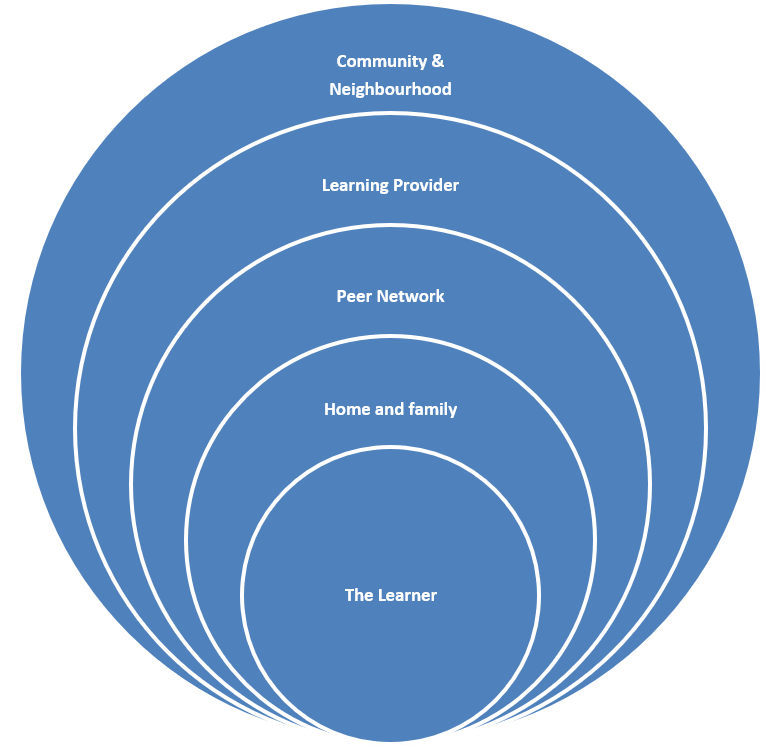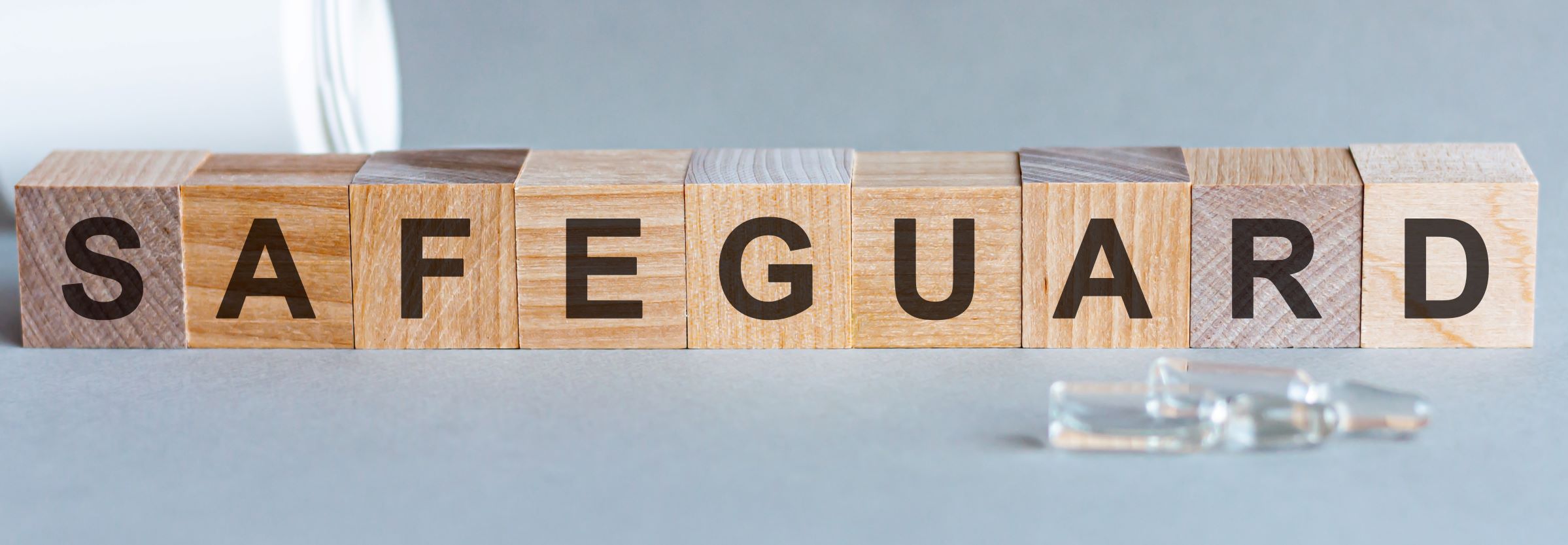Latest News
The Importance of Safeguarding in Education
Posted on Thursday, 29th April 2021

If you work in education, your number one priority should always be to ensure those under your care are protected from harm inside and outside your institution. It’s a moral and legal responsibility to act on any warning signs you encounter that individuals may be suffering abuse at home or in their communities.
To ensure everything is being done to protect those at risk, it is integral that thorough safeguarding policies are established and acted upon by everyone in the organisation. In today’s blog, we take a look at why safeguarding is so important, especially in the education sector.
What is safeguarding?
While everybody working in education should have heard of the term, you might not be sure what safeguarding actually means. Simply put, safeguarding is a term used to describe the measures put in place to ensure the protection of health, wellbeing and human rights of individuals under your care. Safeguarding is normally applied in sectors such as education, health and social care or any other environment where there is duty of care for children, young people or vulnerable adults
Why is safeguarding important?
Safeguarding is an incredibly important means of protecting at-risk individuals from harm, abuse and neglect. Failing your safeguarding responsibilities could prolong the suffering that someone is facing. Effective safeguarding is vital for spotting the warning signs and alerting the relevant authorities in order to help victims of abuse in a timely manner.
Safeguarding is particularly vital in schools as teaching staff get unique insight into how children are developing, behaving, and interacting with others. This means they are more likely to spot signs of abuse, be that physical or mental. They can also use their unique position to educate children on the dangers they face inside and outside of school and how they can get help.
What is safeguarding policy?
Safeguarding policy sets out how an organisation plans to protect the welfare of those under their care. It should thoroughly describe how the organisation intends to protect children, young people or vulnerable adults from harm or abuse inside and outside their premises.
As part of their responsibilities, education organisations need to have a written safeguarding policy statement. This statement should set out the organisation’s safeguarding policy, clearly defining their commitment to safeguarding and describing how they aim to keep those in their care safe.
As a reference, you may wish to look at the official Ofsted safeguarding policy and guidance for inspectors. These documents establish the standards used when inspecting safeguarding in early years education and skills settings across the country.
What are the 6 principles of safeguarding?
The Care Act 2014 (the main safeguarding legislation that applies to NHS authorities) sets out 6 six principles to follow when it comes to safeguarding. While this act only applies to NHS institutions, these principles can be used universally, including in education.
- Empowerment – Personalisation and the presumption of person-led decisions and informed consent.
- Prevention – It is better to take action before harm occurs.
- Proportionality – Proportionate and least intrusive response appropriate to the risk presented.
- Protection – Support and representation for those in greatest need.
- Partnership – Local solutions through services working with their communities. Communities have a part to play in preventing, detecting and reporting neglect and abuse.
- Accountability – Accountability and transparency in delivering safeguarding.
What is safeguarding children?
It is hugely important for any educational organisation that has responsibility for children to establish a clear safeguarding process. Child protection forms a major part of the overall safeguarding process and focuses on ensuring that any children under your care are not suffering from harm, abuse or exploitation.
Safeguarding children is defined by these 4 areas:
- Protecting children from abuse and maltreatment.
- Preventing harm to children’s health or development.
- Ensuring children grow up with the provision of safe and effective care.
- Taking action to enable all children and young people to have the best outcomes.
Who is responsible for the safeguarding of children?
Everyone who works with children has a responsibility to protect them. This includes being aware of the signs of abuse, and acting on the processes in place to report their concerns. The government’s Working Together to Safeguard Children guidance establishes how everyone needs to be attentive, communicative and responsible in order to protect children from harm.
Once concerns have been reported, it is the responsibility of local authorities and social care teams to investigate. Section 10 and 11 of the Children Act 2004 sets out the requirements for a wide range of authorities, organisations and individuals who have duty of care for children.
What is contextual safeguarding?
Contextual safeguarding is an approach to safeguarding that involves understanding and responding to children or young people’s experiences of harm outside of their families. It recognises the relationships young people form with their communities, schools and online circles that can lead to abuse, harm or exploitation.
As many parents have little or no influence on these relationships outside of the family home, it is the duty of those with safeguarding responsibilities, such as workers in the education sector, to recognise the need to intervene where necessary.
What is safeguarding of vulnerable adults?
As well as children, there are certain occasions where it may be necessary to safeguard adults. These individuals are known as ‘vulnerable adults’.
A vulnerable adult is a person over the age of 18 who is either unable to look after themselves, or who are at high risk of being exploited or harmed due to their circumstances. Some factors which may led to individuals being classified as vulnerable include:
- Mental or physical disabilities
- Poverty or disadvantage
- Suffering from trauma
- Isolation due to race, religion, or political views
- Rejection by their communities or family
However, this list does cover everything. It is integral that staff are aware of anybody under their care who is at risk of exploitation or abuse, no matter what the reason. They need to ensure that any warning signs displayed by these individuals are spotted and acted on appropriately.
Safeguard training:
As safeguarding is such a huge topic, we can’t cover everything in this blog. To get a thorough understanding on the in-and-outs of safeguarding practice you need to complete formal training. At ESS, we provide a couple of different training options for those who want to know more about safeguarding adults.
The Safeguarding Adults e-learning course can be completed entirely online at a time and pace that works for you, provides the theoretical knowledge needed for safeguarding adults. This could include work in healthcare, adult education, community centres and prisons.
For those looking for annual refreshers to renew their safeguarding knowledge and qualifications, we would highly recommend the Education & Training Foundation's series of free online courses. In particular we would recommend their Safeguarding in FE and Training and Safeguarding & Safer Recruitment in FE courses, depending on the specifics of your job role.
Contact us:
To see a full range of the courses we have available, check out our online course index. If you would like to speak to a member of our training team directly, why not call us on 0115 8970 529. You can also email our team at info@essentialsiteskills.com



